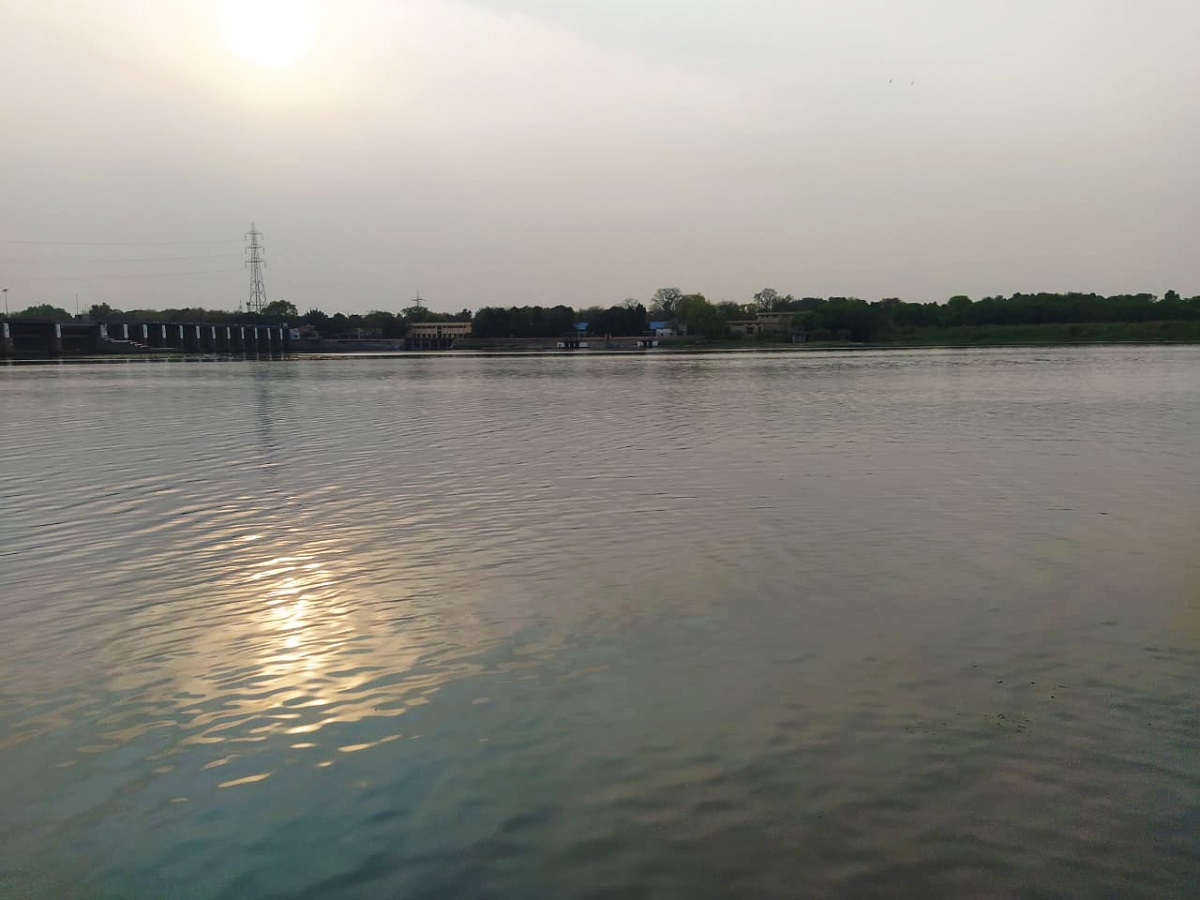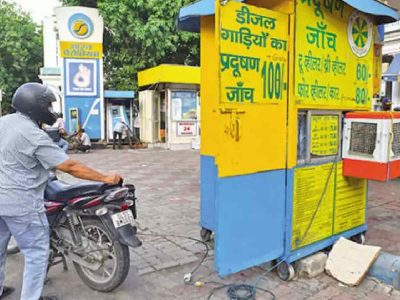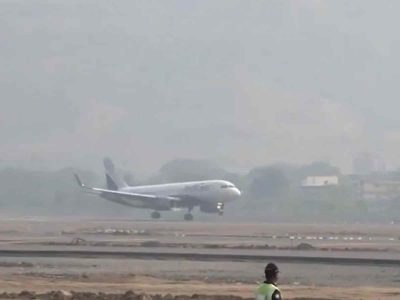Once again, the Yamuna River in Delhi has surpassed the danger mark as heavy rainfall in parts of Uttarakhand and Himachal Pradesh led to a surge in discharge from the Hathnikund Barrage into the river. The water level is expected to have repercussions on relief and rehabilitation efforts in the flood-affected low-lying areas of the capital.
Revenue Minister Atishi stated that the Delhi government is on high alert due to the release of over 2 lakh cusecs of water from the Hathnikund Barrage, and there is a possibility of parts of Yamuna Khadar getting inundated if the water level rises to 206.7 meters. Over the past days, the water level had been hovering around the danger mark of 205.33 meters, reaching an all-time high of 208.66 meters on July 13.
According to the Central Water Commission’s data, the water level rose from 205.02 meters on Saturday night to 205.96 meters on Sunday morning. It is anticipated to reach 206.7 meters by 4 pm.
The India Meteorological Department has forecasted heavy to very heavy rain in Himachal Pradesh and Uttarakhand until July 25, which may further impact the situation.
The flow rate at the Hathnikund Barrage in Yamunanagar exceeded 1 lakh cusecs on Saturday at 9 am and fluctuated between 2 lakh and 2.5 lakh cusecs between 10 am and 5 pm, settling between 1.5 lakh cusecs and 2 lakh cusecs thereafter.
Experts are concerned that this substantial volume of water poses a risk of mid-scale floods in the capital, especially as it is still recovering from the severe floods experienced in the second week of July. Authorities are urged to respond promptly, with citizens expecting all gates of the ITO barrage to be operational and for immediate attention to be given to fixing any breaches in sites and bunds.
Over the last four to five days, there have been marginal fluctuations in the water level due to rain in the upper catchment areas, particularly in Himachal Pradesh and Uttarakhand.
Officials from the Delhi Irrigation and Flood Control Department warn that heavy rains upstream of Delhi may extend the rehabilitation period for affected families in inundated low-lying areas and may require them to stay in relief camps for an extended period. The water supply in the city could also be affected, as it recently returned to normalcy after facing disruptions for several days due to the inundation of a pump house at Wazirabad.
The recent floods have caused significant waterlogging and damage in parts of Delhi, impacting thousands of people and incurring substantial property and economic losses.
Experts attribute the unprecedented flooding in Delhi to various factors, including encroachments on the river floodplain, intense rainfall within a short period, and silt accumulation that has elevated the riverbed.
(With PTI inputs)





